Sign up for workout ideas, training advice, reviews of the latest gear and more.

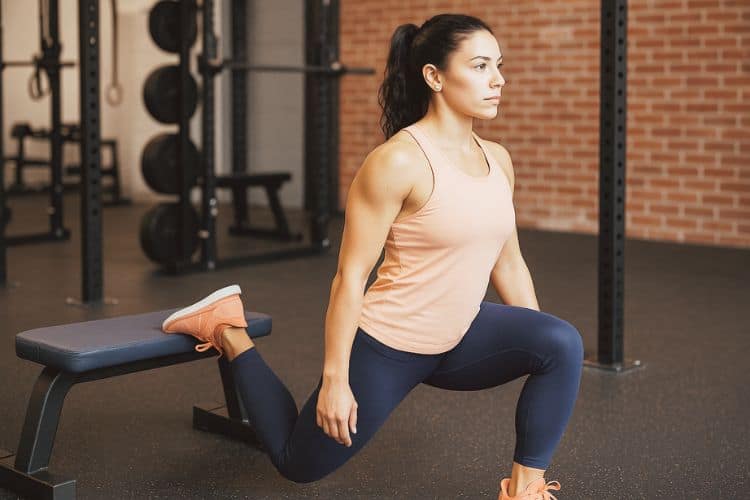
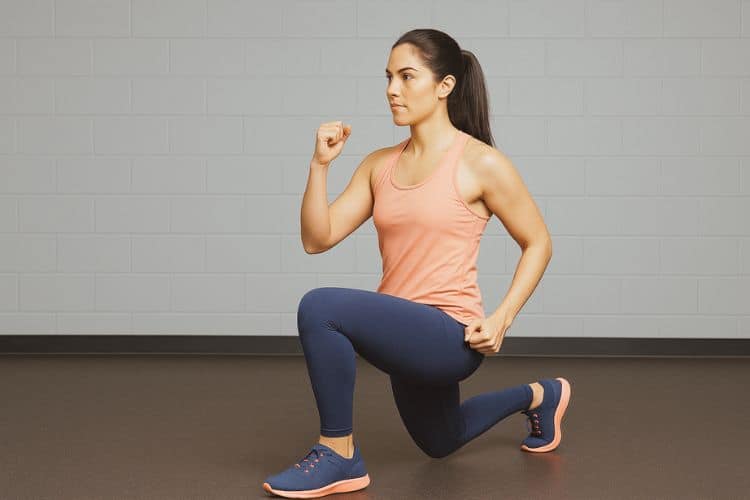
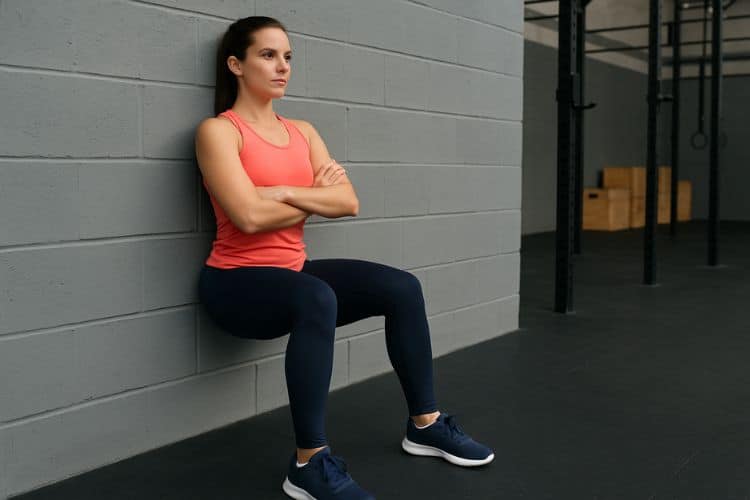
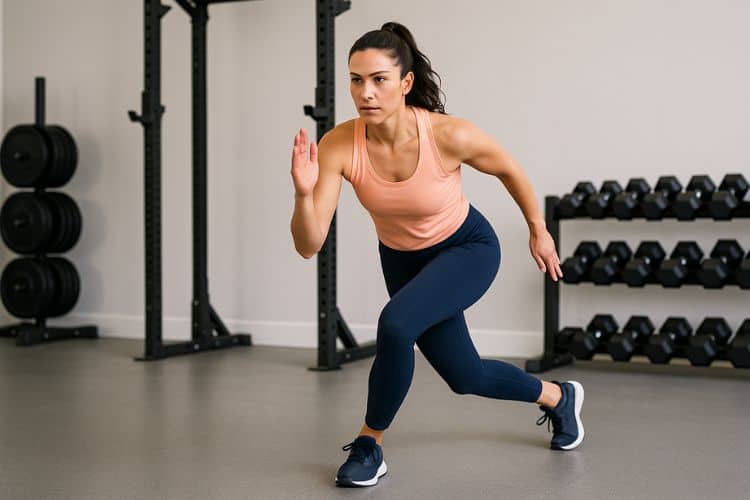
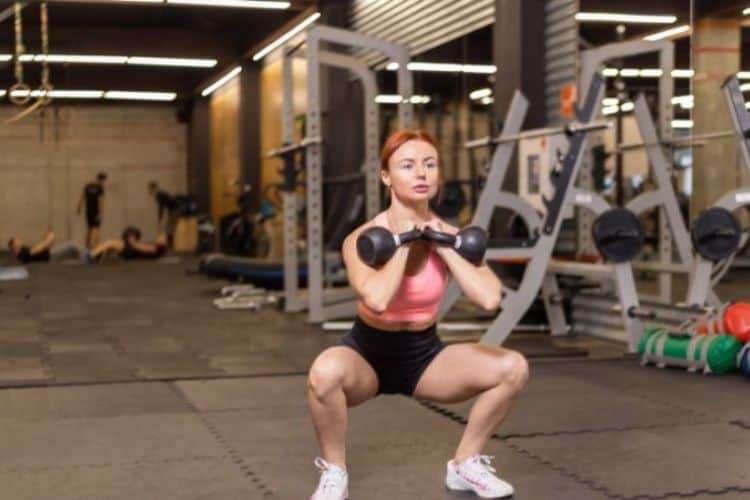
When it comes to developing strong, toned, and powerful legs, kettlebell training is one of the most effective methods available. Unlike machines or barbells, kettlebells add an element of dynamic movement, balance, and stability training. If you want a workout that not only strengthens your quads, hamstrings, and glutes but also challenges your cardiovascular system, a 30-minute kettlebell leg workout is perfect.
In this guide, we’ll cover everything you need to know: the benefits of kettlebell leg training, warm-up routines, the best exercises, a full 30-minute workout plan, and tips to maximize results.
Kettlebells have become a favorite among athletes, fitness enthusiasts, and beginners alike for leg training. Here’s why they stand out:
Unlike traditional gym machines, kettlebells train your body in natural movement patterns. Exercises like kettlebell squats and swings recruit stabilizer muscles, which translates into better performance in daily activities and sports.
Kettlebell leg workouts are not just about muscle growth—they also elevate your heart rate. Movements such as kettlebell swings and lunges burn calories while building lower-body strength, making them ideal for fat loss.
Many kettlebell leg exercises are unilateral (single-leg), which forces your body to stabilize. This enhances balance, coordination, and core stability.
With kettlebells, you can achieve a full leg workout in 30 minutes or less. The combination of compound lifts and conditioning moves makes it a high-return workout.
Before diving into the workout, let’s break down the primary muscles targeted:
By using kettlebells, you’ll hit all these muscle groups while also improving endurance.
A proper warm-up is essential to prevent injuries and prepare your muscles for explosive movement. Spend 5 minutes on the following:
Now you’re ready to pick up your kettlebell.
This workout consists of 6 kettlebell leg exercises done in circuit style. Each move is performed for 45 seconds, followed by 15 seconds rest. Complete all six exercises for one round (6 minutes). Perform 5 rounds for a total of 30 minutes.
Example:
Rest 60 seconds between rounds if needed.
After an intense kettlebell leg workout, cooling down helps recovery and flexibility. Spend 5 minutes on these stretches:
This will reduce soreness and keep your muscles flexible.
Kettlebell training uses compound movements, which engage multiple muscles at once, leading to faster strength gains.
Due to the cardio component of kettlebell swings and dynamic movements, you’ll burn more calories in 30 minutes than with traditional weightlifting.
Stronger glutes and hamstrings improve sprinting, jumping, and overall sports performance.
You don’t need a gym full of machines—just one kettlebell and 30 minutes for a complete lower-body session.
It’s best to train legs 2–3 times per week to allow muscle recovery.
Depending on intensity and weight used, you can burn 300–500 calories.
Both are effective, but kettlebells allow for more dynamic, full-body movements that enhance balance and conditioning.
Yes, since they raise your heart rate significantly, kettlebells provide both strength and cardio benefits.
A 30-minute kettlebell leg workout is one of the most efficient ways to build strength, improve endurance, and burn fat—all in a short time. With just one kettlebell and a small workout space, you can target every major muscle in your lower body while boosting cardiovascular fitness.
Whether you’re a beginner or advanced, this kettlebell leg routine is scalable, challenging, and results-driven. Add it to your weekly schedule, focus on good form, and watch your leg strength and overall fitness improve dramatically.
Want more workout and video guide?
Follow us on Pinterest, Facebook, and Subscribe to our Newsletter and Stay tuned for FREE downloads of our App coming soon!
Stay up to date on the latest women’s health, fitness and lifestyle trends and tips.